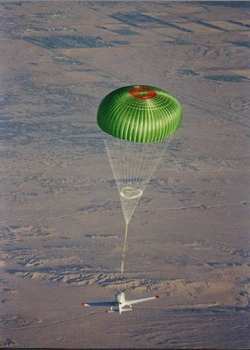- Joined
- Jun 7, 2008
- Messages
- 23,077
- Display Name
Display name:
Bob Noel
I am pretty sure I would keep my location awareness and be able to find a freq on the chart that works... and in the meantime while your head is buried in your lap writing down a frequency..... TRAFFIC !@!@$!!
I can see when there is a need to write down bits of info, such as a clearance or something that involves 3 or 4 bits of vital pieces of info.. I could see where if you only had 1 radio without a standby it would be nice to have it jotted down somewhere as well..
let the arguments begin!lol
You can't write without staring at the paper?




